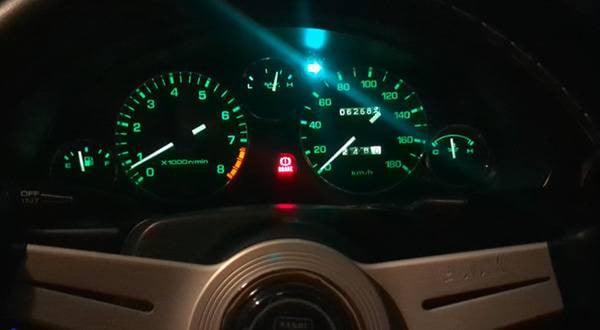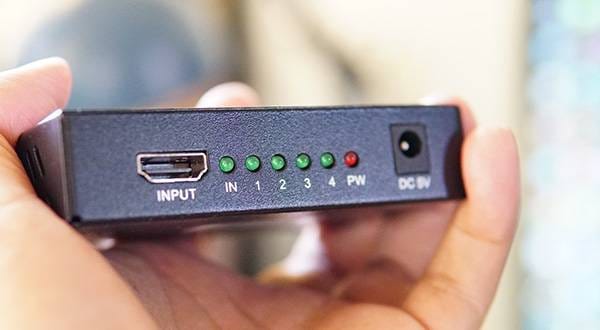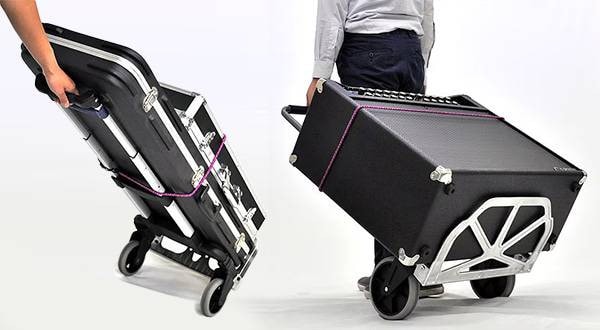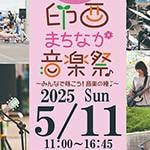A cappella music is a vocal performance without instrumental accompaniment.
In 2017, the popular variety show Youth A Cappella Koshien National Hamonep League was revived for the first time in five years, and a cappella music has been gradually growing popular since then.
In fact, big a cappella performances are held every year on the streets nationwide!
Currently, most of the events were canceled due to the COVID-19 pandemic, but this time I’d like to talk about what a cappella music is like for people who don’t know a lot about it, so you can come see a show when we’re back to normal!
1. What is an a cappella composition like?
A basic a cappella group consists of 6 people, 1 lead vocal, 3 chorus members, 1 bass, and 1 vocal percussion. Of course, it can range from small groups of only 3-4 people or a large group to more than 20 people in one group! One of the attractive things about a cappella music is that there is flexibility in how many people can participate.
Lead Vocal
This part attracts the most attention and can be said to be the face of the band! The lead vocalist mainly sings the melody.
Chorus
Top, First
The top or first is the highest vocal range in the chorus part of an a cappella band. It is often sung by women in mixed-gender bands. It is like the soprano for choral music.
Second
The second is the upper midrange in the chorus part. The range may reach down to lower notes close to the third or reach up to the higher ranges closer to the top line depending on the song. It may be the most difficult chorus part since it’s between top and third.
Third
The third is the lowest vocal range in the chorus part, which is like the alto or tenor for choral music and is used to blend in the harmonies. Since they’re in the middle and the bottom of the harmonies, the third is an important part because they can fill in the harmonic gaps to give a fuller choral sound.
Bass
The bass is the lowest choral part. When comparing instruments, the electric bass or double bass (contrabass) play in these lower registers. Like percussion, it establishes the rhythm and tempo.
Vocal Percussion (Perc., V.P)
Vocal percussion is the drum part. It creates the rhythm and tempo, and supports the band from the bottom. It’s relatively easy to add some change and improvise while playing, and it can be the most entertaining part.
≪PICK-UP Video≫
2. Let’s study! Japanese A Cappella Word Dictionary
Now that you have a general knowledge about the composition and a cappella parts, here are some words that you will see often to learn more about Japanese a cappella music. I’m sure you can enjoy a cappella enough if you remember these new terms!!
●Yaro-Ban
Yaro-Ban is the combination of ‘guy’ and ‘band’. These bands consist of all male members. They not only sing the main lead vocals, but they also sing the choral and bass parts. Vocal percussion is performed by male singers.
≪PICK-UP Yaro-Ban Video≫
●Gyaru-Ban
Gyaru-Ban is the combination of ‘gal’ and ‘band’, which is an all-female band. They not only lead vocals, but they also sing three to four part harmonies, and vocal percussion is performed by female singers.
≪PICK-UP Gyaru-Ban Video≫
●Scat
Scat singing is singing with only syllables. It’s the ‘lyrics’ for mainly chorus and bass parts. It’s written in the Roman alphabet using open vowels such as “oo_”, “ah_”, “tu”, “pa”, and “da”. Add pitches to them and harmonize it to create an accompaniment as if it’s played by instruments.
●Ji-Hamo (Word Harmony)
Ji-Hamo means, unlike scat, singing (harmonizing) the words from the song in parts other than lead vocals. It’s easy to create a sense of unity with lead vocals.
●JAM
An acronym for Japan A cappella Movement, an a cappella contest that started in 1999. Famous bands such as RAG FAIR that made a cappella music popular, and Setouchi Jackson, of which a popular YouTuber Shira-Sta is a member, have participated in the JAM in the past.
JAM Twitter Account
https://twitter.com/JAM_Acappella
Shira-Sta Twitter Account
https://twitter.com/ryo_shiraishi
≪JAM Video Digest≫
●Aca-Spi
Aca-Spi is an abbreviation of A capella Spirits. This is a famous a cappella contest where tickets for the final round sell out fast every year. Today, it’s regarded as a gateway for hopeful bands to becoming famous.
A cappella Spirits Twitter Account
https://twitter.com/acaspi_official
●Solamachi
Solamachi is an abbreviation of Solamachi Acappella Street. The live event takes place simultaneously on multiple stages at Tokyo Solamachi, and groups who get to perform are bands who have performed on Hamonep League and in other famous contests, previous generations of famous bands, and also the new bands formed for this event perform live. It is a popular event that has been gaining more and more spectators every year.
Solamachi Acappella Street Twitter Account
https://twitter.com/solacappella
≪Solamachi Acappella Street Video Digest≫
●50 (Go-maru)
50 is an abbreviation for 50Fes. It is an a cappella street live event held by Ryota, the popular singer who runs the popular a cappella YouTube channel PLUS Unison. The event took place at multiple venues simultaneously in cities such as in Yokohama and Odaiba.
50Fes Twitter Account
https://twitter.com/50Fes
Ryota Twitter Account
https://twitter.com/ryontaEx
●Shibu-Aca
Shibu-Aca is an abbreviation for Shibuya A Cappella Street. It is an a cappella street live event held at commercial buildings such as Shibuya Stream and Shibuya Hikarie. A city pop a cappella group Nagie Lane is the ambassador of the event. In 2020, the popular YouTuber Shira-Sta MC’d for the night performance.
Shibu-Aca Twitter Account
https://twitter.com/shibuaca
Nagie Lane Twitter Account
https://twitter.com/NagieLane
Shira-Sta Twitter Account
https://twitter.com/ryo_shiraishi
≪Shibuya A Cappella Street Video Digest≫
●KAJa!
KAJa! is an abbreviation for Kansai A cappella Jamboree!. The largest a cappella event in the Kansai area that started in 1998.
Kansai A cappella Jamboree! Twitter Account
https://twitter.com/KAJa_2021
3. The Charms of A Cappella
You can play anywhere you are.
You can play a cappella music just using your own voice as an instrument anytime, anywhere! When I was in an a cappella band, I practiced it not only in the practice room, but also in the classrooms, corridors, rooftops, parks, and landings on the stairs. Lol. It’s also fun to create harmony in a karaoke box with my a cappella mates! Being able to play by yourself is one of the greatest charms of a cappella.
Face your own personality.
I think everyone has a voice with different characteristics such as a high and clear voice, a louder voice that can carry across a theater house, a refreshing voice, and a sexy voice. A cappella is a way you can make use of that individuality! A voice that carries is good for the chorus parts in up-tempo songs as well as lead vocals! A high and clear voice may be suitable for the top chorus parts in ballads! When you find a song that suits your voice, you will be pulled into the fun world of a cappella.
Enjoy popular street lives for free!
Most of the popular street live events mentioned in the Japanese A Cappella Word Dictionary are all free events! There are a lot of wonderful live concerts that will make you think, “Is it ok to enjoy such a high quality event for free!?” These days, concerts on YouTube live and non-audience events have become the mainstream, so please enjoy videos and live streaming at home, but let’s go out for in-person events when they restart♪


























